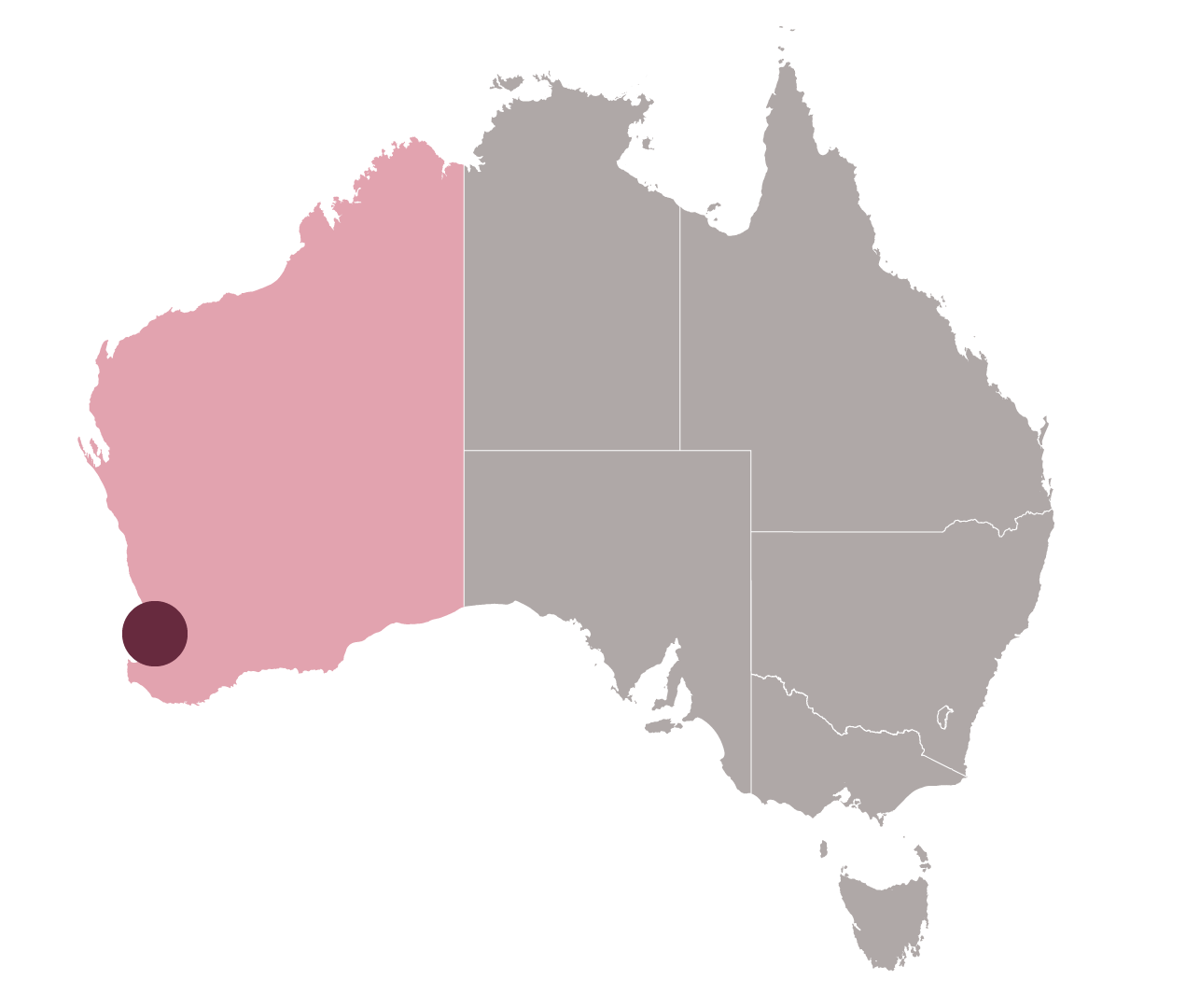

Perth is experiencing worsening road congestion. The 2019 Australian Infrastructure Audit estimated that congestion in Perth will cost $3.1 billion per annum in 2031.
Walking and cycling are increasingly important in congested urban environments for providing a healthy, affordable and convenient alternative to private vehicles. Active transport can reduce congestion by replacing a proportion of short private vehicle trips, generally those under 5 kilometres.
Perth has one of the lowest rates of walking and cycling commuting trips in Australia. Each day there are an estimated 4.2 million private car trips in Perth, with 2.8 million of these trips being under 5km.
There is a lack of dedicated active transport connections that link key strategic centres in Perth. It is estimated that only 41% of the 1,297km of identified Primary bike network, and 34% of the 1,564km of identified Secondary bike network are completed. The remainder of these networks are either non-existing or require significant upgrades and replacement.
The Perth Active Transport Program is a network of identified gaps between key destinations to provide active transport routes in targeted locations to reduce congestion through mode shift.
Strategic Fit
Active transport is an identified priority at all government levels. The 2021 Australian Infrastructure Plan identified walking and cycling as a safe and desirable mode of travel of increasing importance in fast-growing cities.
Societal Impact
The wider societal benefits associated with increased active transport rates are significant, particularly improved health outcomes, air quality and reduced carbon emissions.
Deliverability
Planning and delivery of the program will require collaboration between state agencies and local governments.
It is recognised that active transport infrastructure alone will not solve Perth’s congestion problem. Congestion is also linked to the car-centric design of cities and towns, and long-term integrated land use and infrastructure planning that considers mass transit options, densification and place-based planning will be required in conjunction with active transport to address the problem.
Proponent to identify and analyse potential investment options (Stage 2 of Infrastructure Australia’s Assessment Framework).
In developing investment options and ultimately a business case, the proponent should consider non-infrastructure solutions alongside active transport infrastructure to incentivise active transport take-up and support further congestion reduction. Other options may include slower speed limits on shared roads, inner city congestion charging/parking policy, road space reallocation and other traffic management policies.


 EVALUATION COMPLETE
EVALUATION COMPLETE




